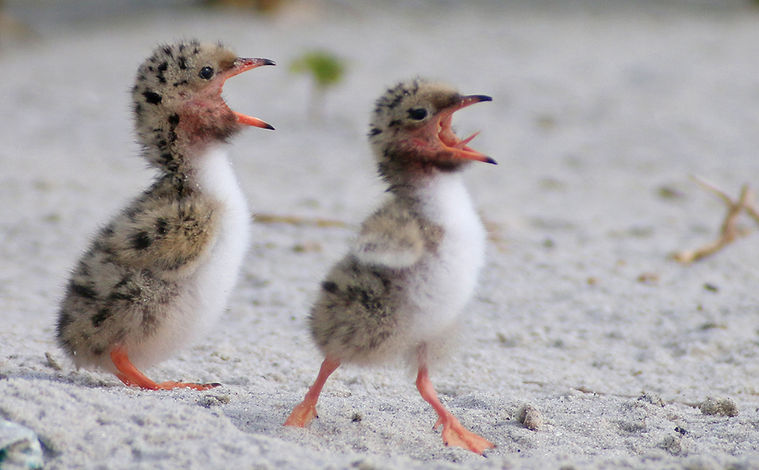




WELCOME TO An Entertainment Site for Scottish Country Dancers - Enjoy the curated selection of theme-related dances for celebrations and holidays, or find a dance associated with a special calendar day, or EVEN your own birthday!
Puffin Watching Days
May 15
Other Scottish Country Dances for this Day
Today's Musings, History & Folklore
"There once was a puffin,
Just the shape of a muffin,
And he lived on an island in the bright blue sea."
~ There Once Was a Puffin, Florence Page Jaques, 1956
Widely regarded as the cutest birds on earth, 'tis the season for puffin-watching! Known as "the clowns of the ocean" or "sea parrots for their striking plumage and bright orange beaks, puffins are known for their distinctive waddling walk and strange raspy calls which sound like toy chainsaws! Puffins can be spotted in many areas of the world, and along the Scottish coast, including the Isle of May, Fidra, Craigleith, St Kilda, Orkney, and Shetland! Iceland is home to more than half of the world’s puffin population, and the Vestmannaeyjar archipelago hosts the country’s largest puffin colony. Each April, thousands of birds return from the open ocean to breed. Among their fascinating behaviors, puffins engage in a unique courtship dance that involves a series of head bobbing, beak tapping, and intricate footwork, which helps strengthen pair bonds. Residents of the main village on Heimaey island, the only inhabited island in the group, have formed a Puffin Patrol to help rescue the baby pufflings (who don't yet have the characteristic striped orange beak) that reel or wander their way into town. Create your own Puffin Patrol with this puffin-like reel, devised for a couple who met dancing and puffin-watching in the Faroe Islands, head-bobbing is optional. 🐧 🐧 🐧
Reel of the Puffins
It's Puffin Watching Season!
There are four species of puffin: Atlantic puffin, horned puffin, tufted puffin, and rhinoceros auklet. The first three belong to the genus Fratercula and live in the northern Atlantic and Pacific oceans. The rhinoceros auklet, in the genus Cerorhinca, is somewhat different in its appearance but still qualifies as a puffin, anatomically speaking. The auklets live along the western coast of North America from Alaska to central California.
Puffins have just one puffling each year, and they usually have one partner for their lifetime. Puffins raise their single chick during the warmer months of spring and summer and generally return to their same burrows with the same mate the following spring.
Mother and father puffins have to fly long distances to hunt food in the open ocean and then return to their chick with mouthfuls of fish. Parents can supply their young with fish more than 100 times a day!
Puffins can grab around 10 small fish -like sand eels, one of their favorite foods -in their beaks per dive. That rare ability is thanks to their specialized tongues and upper palates. A puffin's tongue ends in a coarse section that can hold on to a fish and simultaneously push it against a spiky patch in the bird's mouth, where the prey stays put as the puffin continues hunting. One puffin in Britain set a record for carrying 62 fish in its beak at one time!
Puffins don’t construct the typical nest to raise their puffling. Instead, they burrow into the ground, digging to a depth of about 3 feet with their beaks and feet. They will also find protected spots between rocks on steep cliffs, which protect young birds from predators.
To see puffins live-streamed, click the baby pufflings!
Click the dance cribs or description below to link to a printable version of the dance!



